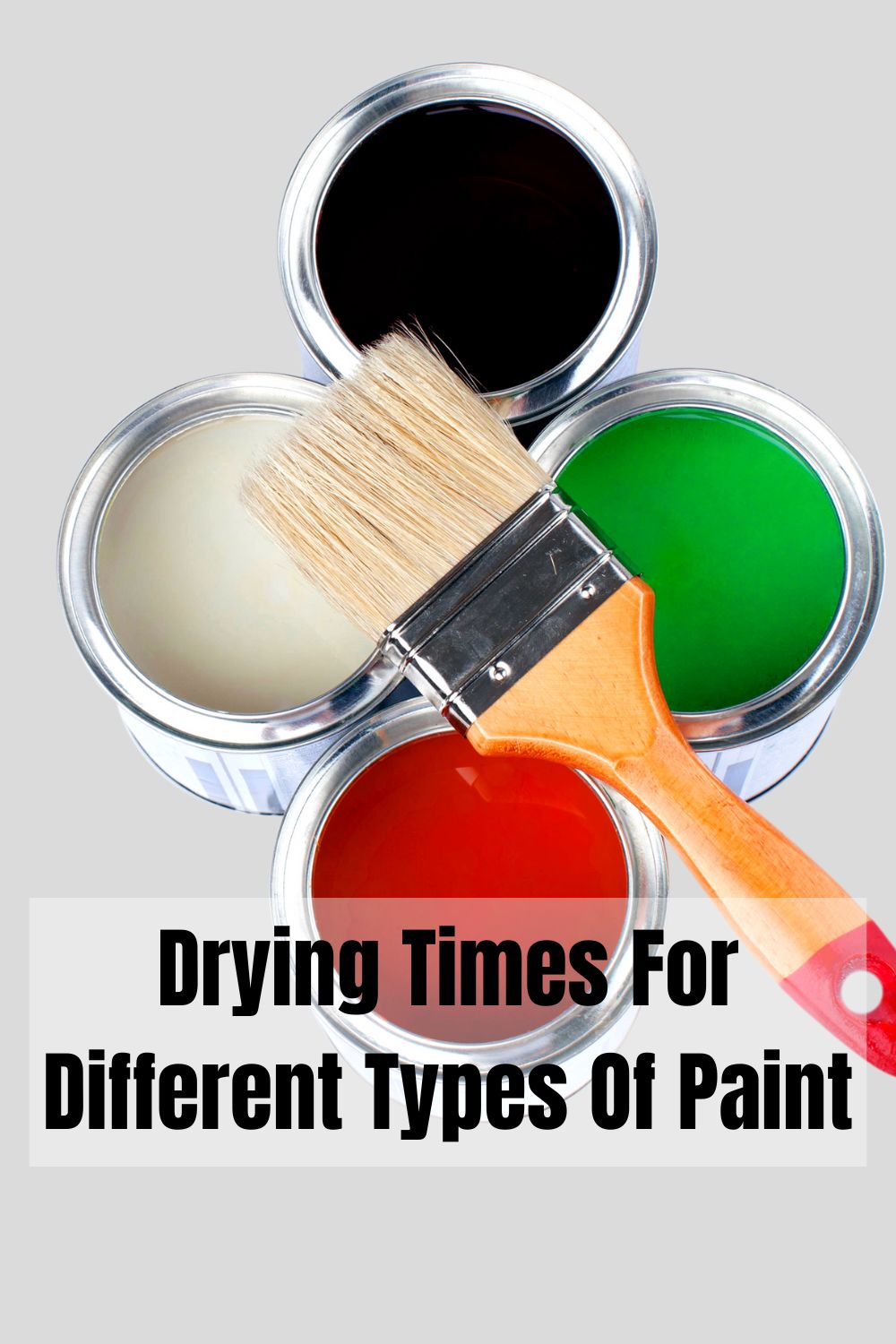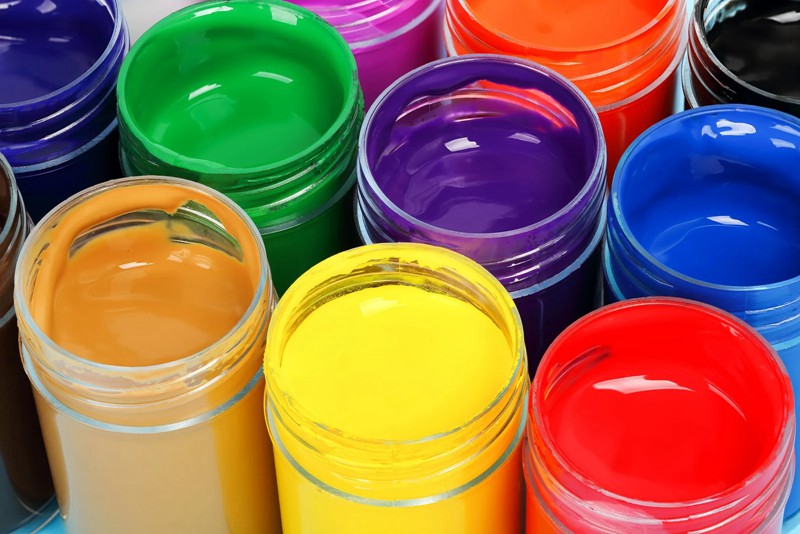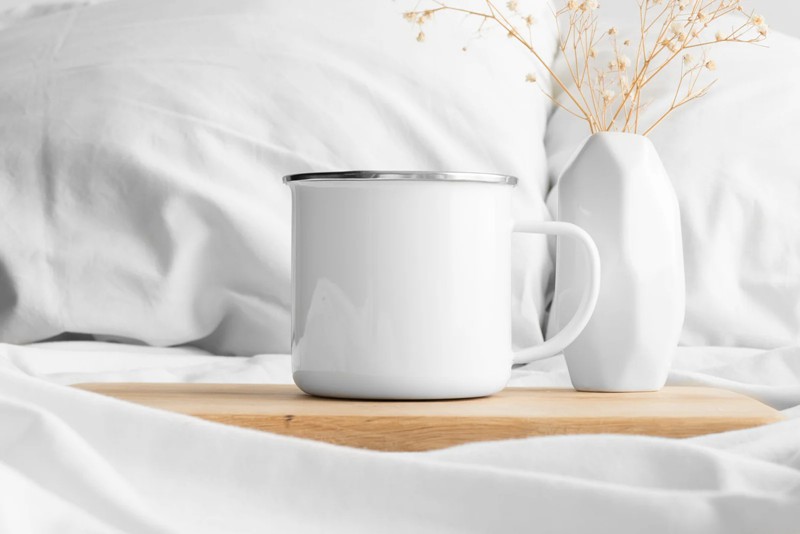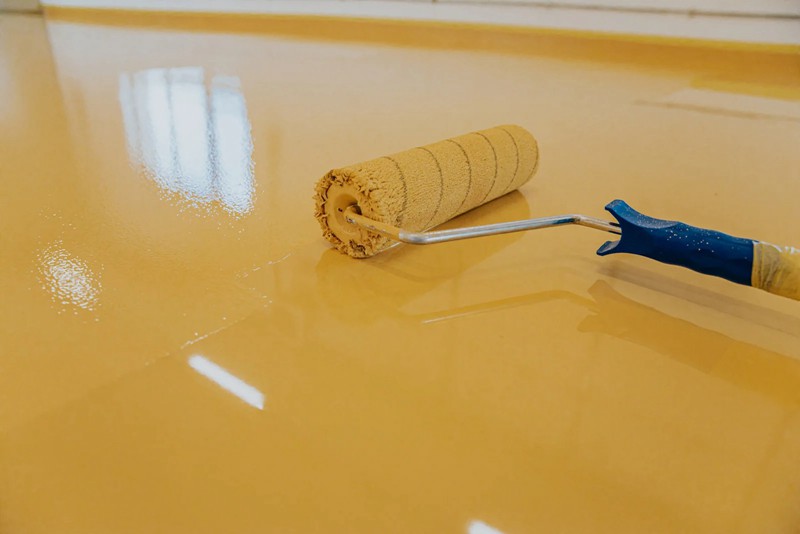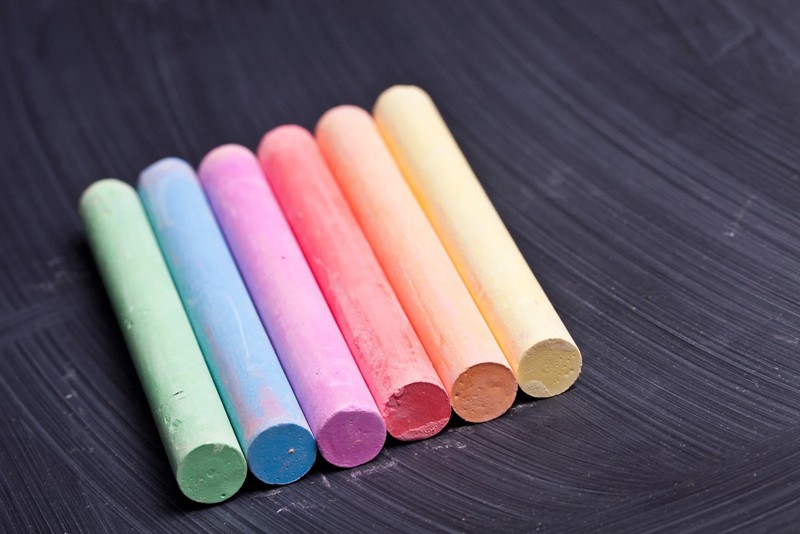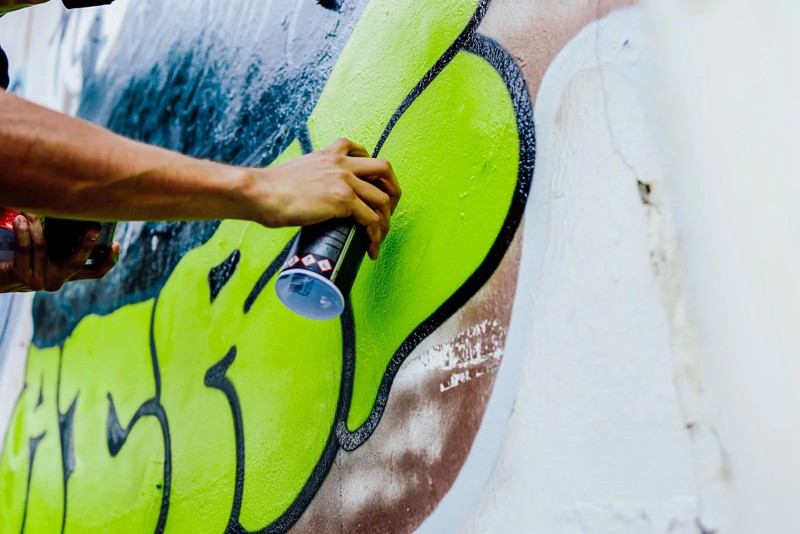Painting is an art form that has been practiced for centuries. Whether you are a professional painter or a DIY enthusiast, one of the most important things to know is how long it takes for paint to dry. Understanding paint drying times is essential for achieving a high-quality finish that will stand the test of time. Waiting for paint to dry thoroughly is crucial to avoid smudging, cracking, and other issues that can mar your work.
There are many factors that can affect paint drying time, such as the type of paint, the application method, and environmental conditions like temperature and humidity. Different types of paint, such as oil-based or latex-based, also have different drying times. Factors such as humidity and temperature can cause the drying time to vary, making it essential to take these into consideration when planning your painting project.
In this article, we will delve into the science behind paint drying times, exploring the different factors that can affect the drying process. We will also look at the different types of paint and their respective drying times, as well as techniques that can be used to speed up or slow down the drying process. By the end of this article, you will have a solid understanding of how long paint takes to dry, and how to achieve a professional-looking finish.
Table of Contents
Factors That Affect The Drying Time Of Paints
There are several factors that can affect the drying time of paints. Here are some of the most common ones:
- Humidity:High humidity levels can slow down the drying process of paint. This is because humidity affects the rate at which water evaporates from the paint. If the air is humid, it will take longer for the water in the paint to evaporate, and therefore the paint will take longer to dry.
- Temperature:Temperature can also affect the drying time of paints. Higher temperatures can accelerate the drying process, while lower temperatures can slow it down.
- Type of paint:Different types of paint have different drying times. For instance, Oil-based paints take longer to dry than water-based paints. Additionally, some types of paint are formulated to dry faster than others.
- The thickness of the paint layer:The thicker the layer of paint, the longer it will take to dry. This is because the water or solvents in the paint will take longer to evaporate from a thicker layer.
- Ventilation:Good ventilation can help to speed up the drying time of paints. This is because it helps to remove moisture from the air, which can help the water or solvents in the paint to evaporate more quickly.
- Humidity and Temperature of surface:The humidity and temperature of the surface you are painting on can also impact the drying time of paints. For instance, painting on a hot and dry surface will result in a quicker drying time compared to a cold or damp surface.
- Additives and conditions:Some additives such as drying accelerators or retarders can be added to the paint to speed up or slow down the drying process. In addition, the drying time can be influenced by the storage and conditions in which the paint was kept before application, like humidity, temperature, sunlight exposure, or air pressure.
Overall, the drying time of paint depends on several factors, and it’s important to consider these factors when planning your painting project.
Drying Times For Different Types of Paint
Paints can basically be classified into two categories — water-based paints and oil-based paints. These two broad categories are further classified into different types based on their constituent elements and other differentiating factors. Let’s take a look at some of the commonest types and how long they take to dry completely:
Acrylic Paints
Acrylic paints are a popular medium among artists due to their versatility and quick drying time. It is a type of water-based paint that uses acrylic resin as a binder. The drying time of acrylic paint can vary depending on various factors, such as the thickness of the paint layer, humidity, temperature, and the brand of paint used.
In general, a thin layer of acrylic paint can dry within 10-20 minutes, while thicker layers can take hours to dry completely. However, it is important to note that even when the surface of the paint appears dry, the underlying layers may still be wet. It is advisable to wait for at least 24 hours before applying a second coat or varnish.
Humidity can also play a significant role in the drying time of acrylic paints. High humidity can slow down the drying process, while low humidity can speed it up. A temperature between 60-75°F (15-24°C) is considered ideal for acrylic paint to dry at a moderate pace.
The brand of acrylic paint used can also affect the drying time. Some brands of acrylic paint have faster drying times than others. It is important to read the label or consult the manufacturer’s instructions for specific drying times.
Enamel Paints
Enamel paint is a type of paint that dries to a hard, glossy finish. It is made by combining pigment, resin, and solvents. The resulting mixture is durable, resistant to moisture and heat, and can be used on a variety of surfaces, including metal, wood, and plastic. Enamel paints come in different formulations, including oil-based (commonest) and water-based, and are available in a wide range of colors.
The drying time of enamel paint varies depending on several factors, such as the type of enamel paint, the ambient temperature, and the humidity level. Generally, enamel paints take longer to dry than other types of paint, such as acrylic paints. Oil-based enamel paints can take anywhere from 8 to 24 hours to dry completely, while water-based enamel paints may dry within 1 to 3 hours. However, it is important to note that the surface may appear dry before it has fully cured, which can take up to several days or even weeks, depending on the thickness of the paint and the environmental conditions.
To ensure the best results, it is essential to follow the manufacturer’s instructions on the drying time of the enamel paint. It is also recommended to avoid touching or using the painted surface until it has fully cured, as this can result in smudging, cracking, or other damage to the finish. Additionally, it is important to use proper ventilation when using enamel paints, as they can emit strong fumes that can be harmful if inhaled in large quantities.
Epoxy Paints
Epoxy paints are a type of coating made up of two parts: a resin and a hardener. When these two parts are mixed together, a chemical reaction occurs that creates a durable, long-lasting finish that is resistant to chemicals, water, and abrasion. Epoxy paints are commonly used in industrial and commercial settings for their ability to provide a tough and resilient coating that can withstand heavy use and harsh conditions.
One of the key benefits of epoxy paints is their quick drying time. While drying times can vary depending on the specific type of epoxy paint and the conditions in which it is applied, most epoxy paints will dry to the touch within a few hours of application. However, it is important to note that this is not the same as being fully cured.
The curing process for epoxy paints can take anywhere from 24 hours to several days, depending on the temperature and humidity levels in the environment. In general, the higher the temperature and lower the humidity, the faster the epoxy will cure. Conversely, cooler temperatures and higher humidity can slow down the curing process.
It is important to allow epoxy paints to fully cure before subjecting them to heavy use or exposure to harsh chemicals. Even if the surface appears to be dry to the touch, it may not be fully cured, which can lead to problems with adhesion and durability over time.
In addition to their quick drying time, epoxy paints are also highly versatile and can be used on a variety of surfaces, including concrete, metal, and wood. They can be tinted to a wide range of colors and finishes, making them a popular choice for both functional and decorative applications.
Chalk Paints
Chalk paints are a popular type of paint known for their matte finish and ability to adhere to a wide variety of surfaces without the need for extensive preparation or priming. These paints are water-based and are commonly used for furniture, home decor, and craft projects due to their versatility and ease of use.
One of the defining features of chalk paint is its unique texture. This paint has a thicker consistency than traditional paint, which allows it to create a layered, distressed look that is popular in shabby-chic and vintage-style designs. Additionally, chalk paint is available in a wide range of colors and can be easily mixed to create custom shades.
When it comes to drying time, chalk paint dries relatively quickly compared to other types of paint. Depending on the temperature and humidity levels in the room, chalk paint typically dries to the touch within 30 minutes to an hour. However, it’s important to note that while the surface may feel dry, the paint may still be curing underneath. For this reason, it’s recommended to wait at least 24 hours before applying a second coat or handling the painted object.
To ensure that your chalk paint project dries completely and has the best possible finish, there are a few tips to keep in mind. First, make sure that the surface you’re painting is clean and free of any debris or residue. This will help the paint adhere properly and ensure a smooth finish. Additionally, be sure to apply the paint in thin, even layers, using a high-quality brush or roller. This will help the paint dry more evenly and prevent any clumps or bubbles from forming.
Spray Paints
Spray paint (also known as aerosol paint) is a type of paint that is sprayed from a can or gun onto a surface using compressed air or a propellant. Spray paints are widely used in industries such as automotive, furniture, and art. They are popular because they are easy to use, efficient, and produce a smooth and even finish.
Spray paints can be oil-based or water-based. They can be used on a variety of surfaces such as metal, wood, plastic, and fabric. Spray paints can be used for different purposes, such as decoration, protection, or marking.
The drying time of spray paint depends on various factors, such as the type of paint, the thickness of the coat, the humidity and temperature of the environment, and the surface being painted. In general, spray paints can take anywhere from a few minutes to a few hours to dry completely. Some spray paints may dry faster in warm and dry environments, while others may take longer in cold and humid environments. It is always best to follow the manufacturer’s instructions for drying times and apply the paint in a well-ventilated area for optimal results.
Conclusion
In conclusion, the drying time of paint can vary depending on several factors such as the type of paint, environmental conditions, and the thickness of the application. While water-based paints typically dry faster than oil-based paints, they can take longer to cure completely. Additionally, high humidity, low temperatures, and lack of ventilation can prolong the drying time of paints.
It is important to follow the manufacturer’s instructions for the specific paint being used and to consider the conditions in which the paint is being applied. Waiting until the paint is completely dry before applying a second coat or using the painted surface can ensure a better finish and avoid any damage to the paint.
In summary, while waiting for paint to dry may be a tedious task, taking the time to ensure that the paint has fully cured can result in a more durable and long-lasting finish.

